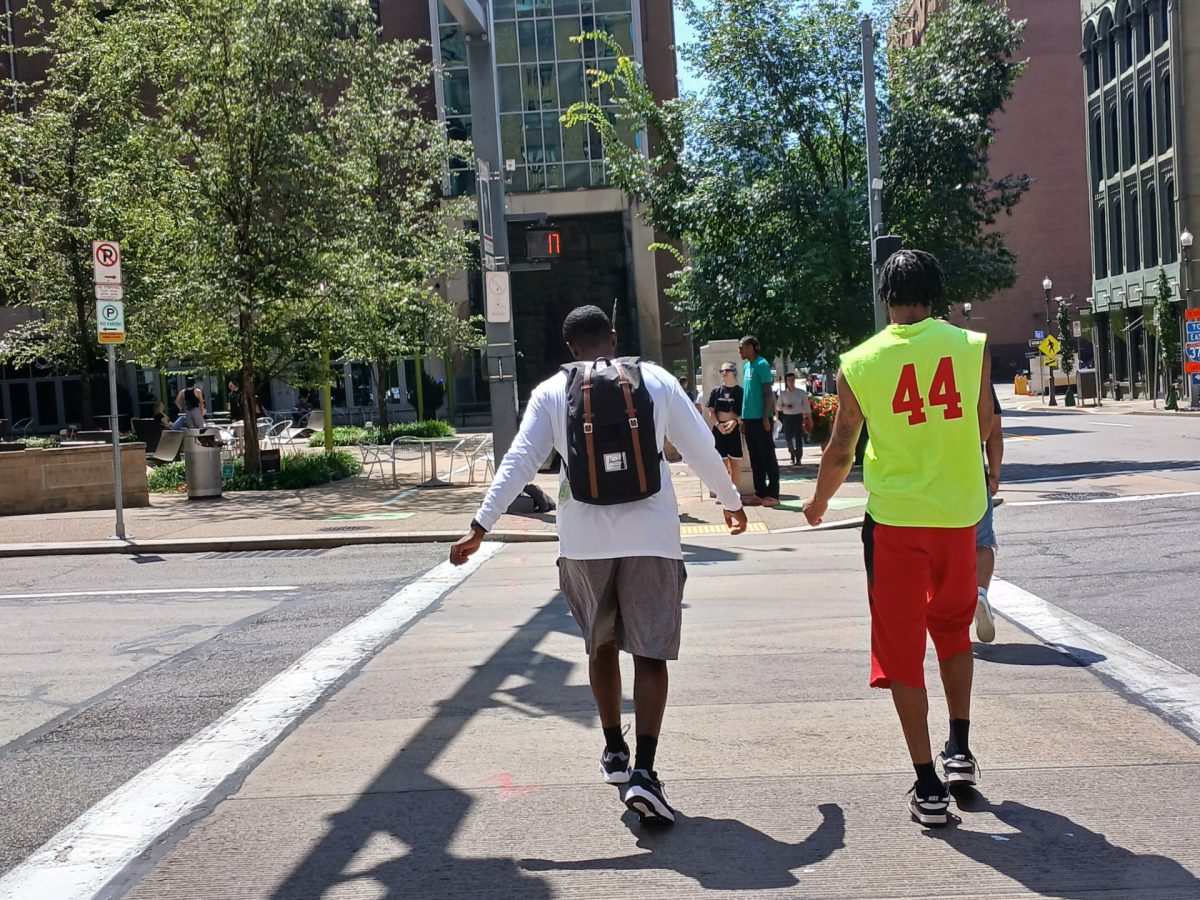A couple of weeks ago, I took a day trip with some friends out to Lawrenceville to shop at some of their thrift stores.
I am from a much smaller town than Pittsburgh and its neighboring boroughs, so I was pretty surprised by the high prices at a lot of the shops Downtown. I decided that a thrift store would offer me more affordable prices on clothes that could bolster my wardrobe without euthanizing my wallet. My friends and I hopped onto our Port Authority bus, eager to see what finds we might uncover.
After a short walk from the stop, we entered a series of local stores and were mesmerized by the selections they offered. The magic wore off, however, when we observed the prices; a sweater on the rack infatuated me because I knew I could style it in many different ways, but it was labeled $25. This did not sit right with me. How could a place labeled as a “thrift store” sell one clothing item for $25, while I could purchase 25 items for the same price at a store where I am from?
This is the main problem with thrift stores in the modern era. My friends and I visited two or three more stores and found the same prevailing issue of overpriced items. Some pieces had stains, holes, and rips, yet still never dipped in price below $15.
Why do we now as a society operate for profit? Even Goodwill, which I will say is always fairly priced, operates on a for-profit business model. I feel that if the idea of your store is to account for those who may not be able to afford brand-new and name-brand clothes, you should not price your items this high. Even if the store is labeled vintage, those clothes are still used and sometimes even gross. I love thrifting, and I have for a long time, but those prices are almost unforgivable.
I was curious about what other people thought about this issue, so I asked Allicia Broyard, a senior psychology major at Point Park for their perspective on modern thrifting. She said, “I believe thrift stores have become less affordable over time, especially the chain ones.” Broyard continued, “Stores in bigger cities like Pittsburgh are also super overpriced. I remember visiting one that was selling a used Point Park college crewneck for $30.”
Although many thrift stores around campus have dramatically increased their prices, one place I will admire for not doing so is the thrift store we offer on campus. The Bison Exchange on the 8th Floor of Lawrence Hall is an excellent place to get super cheap clothes and find some nice hidden gems on their racks. They exemplify what I feel the business model of a thrift store should be: charity over profit. They have a bin on the 2nd floor of Lawrence where anyone can drop off unwanted clothes. These clothes are then sold for no more than $2 apiece.
If other thrift stores operate on this same model, what right do they have to put price tags $15 and over on donations they received for free? I hope that we can move past viewing every lucrative business as a means of profit, and hold a bit more compassion for those that cannot afford to buy new clothes.







